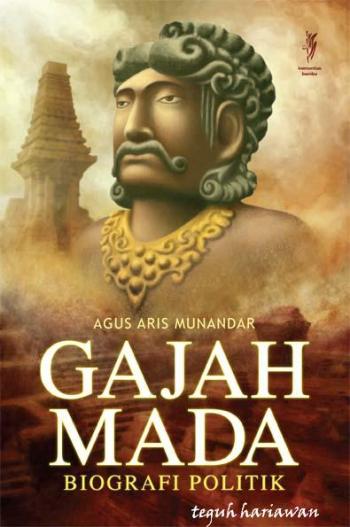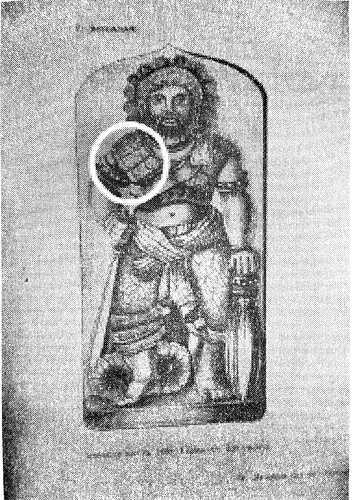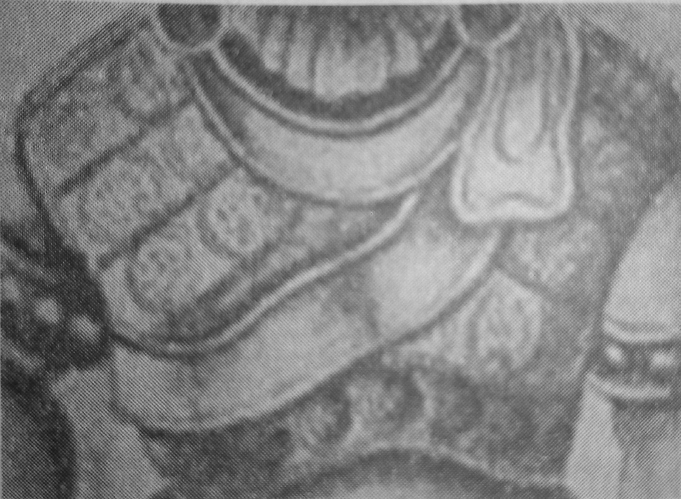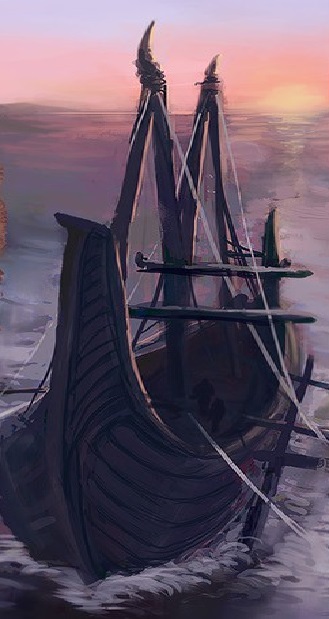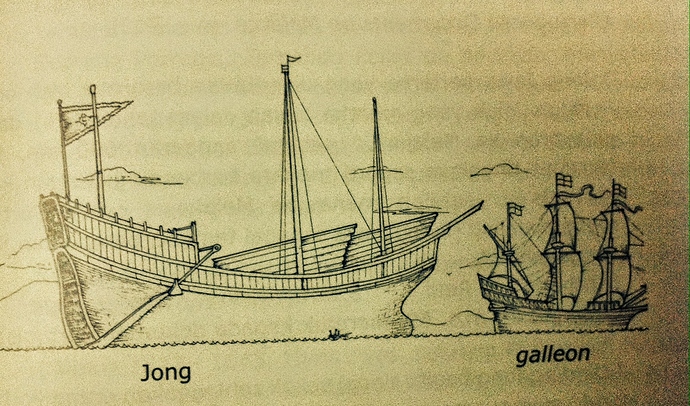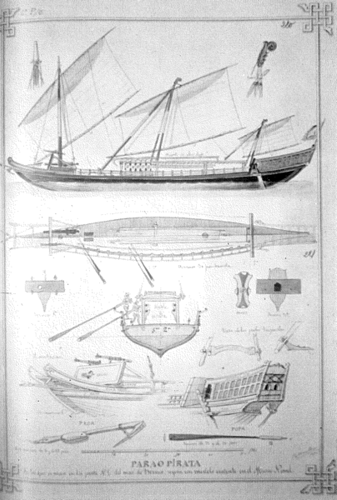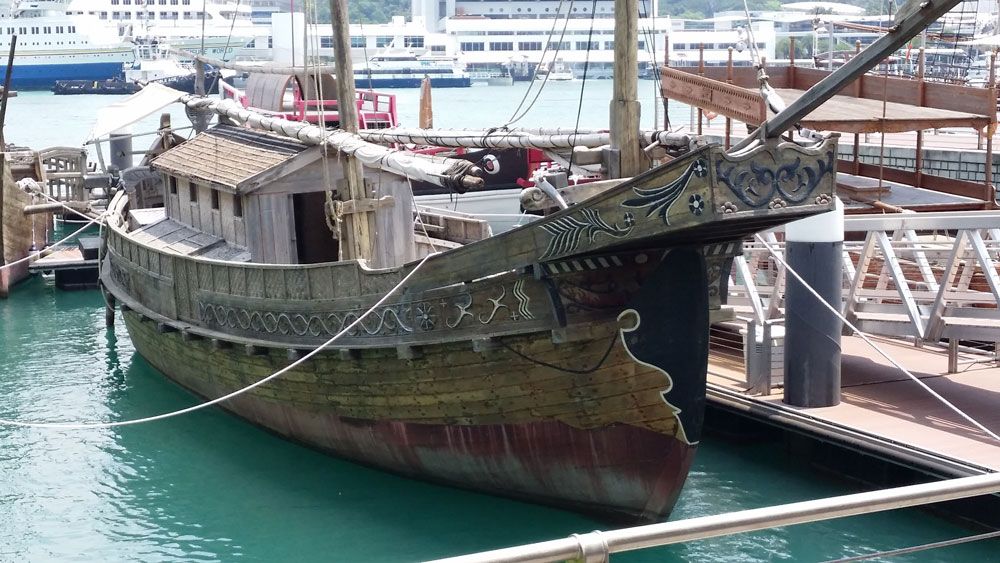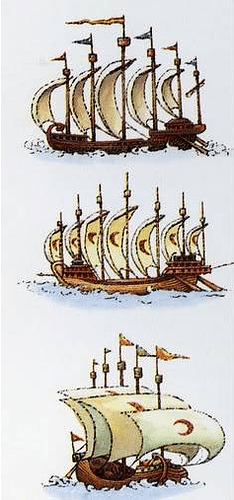There are several inaccuracies regarding Malay civilization in AOE 2 RoR. I’m pointing out here so the team can take action about it.
-
Karambit warrior

The unit is holding the Karambit in hammer grip, which is the wrong grip for traditional warriors. In traditional martial arts, the blade is located to the bottom of the fist, curving forwards but occasionally backwards. It should be held like this:
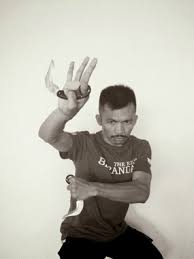
-
Gajah Mada
Gajah Mada depiction in game is based on outdated illustration. It is based on M. Yamin’s illustration from 1945, which was then used in numerous depictions of Gajah Mada in the form of statues, paintings, and popular media. M. Yamin’s illustration is purely the result of his imagination. There is even a theory that Yamin based the face reconstruction using his own face.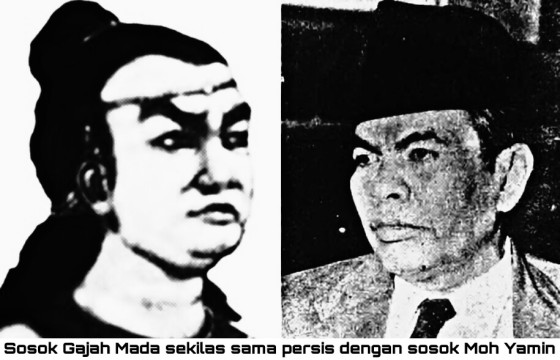
There is also another illustration about the figure of Gajah Mada, different from the M. Yamin’s, which is the result of research at the University of Indonesia by archaeologist Agus Aris Munandar. He illustrated Gajah Mada as similar to Bima in wayang shadow puppet show, which has a transverse mustache (see illustration below). This illustration is also supported by oral tradition of Trowulan (Majapahit capital) people.
The in-game unit sprite shows a bare-chested, muscular man, wielding a kris and wearing a fabric (sarong) at the waist. This depiction is very popular in media, even it has been modelled in the video game Civ 5.
Historical sources, however, do not support this. Kidung Sundayana stated that in the war, Gajah Mada wore a golden embossed karambalangan (breastplate), armed with a gold-layered spear, and with a shield full of diamond decoration. The illustration of Gajah Mada being fat/chubby is proven wrong, as it is based on assumption of the meaning of the name “Gajah” (elephant). Modern interpretation of Gajah is that it is denoting a fat person, but historically, it is used to refer to strong person.
Here is an example of kawaca (plate armor/cuirass) from Majapahit predecessor, Singhasari kingdom, from a statue in candi (temple) Singhasari.
I’m not sure if karambalangan breastplate is the front section of kawaca though. I haven’t found the depiction of karambalangan breastplate like the one written in Kidung Sundayana.
Sources:
- Darmajati, Danu (29 December 2015). “Sejarawan: Wajah Gajah Mada Karya M Yamin Pertama Ada Tahun 1945”.
-Berg, Kindung Sundāyana (Kidung Sunda C), Soerakarta, Drukkerij “De Bliksem”, 1928. - Nugroho, Irawan Djoko (2011). Majapahit Peradaban Maritim . Suluh Nuswantara Bakti.
- Nugroho, Irawan Djoko (6 August 2018). “The Golden Armor of Gajah Mada”. Nusantara Review .
- Ship depiction
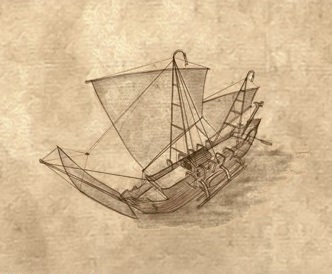

These in-game depiction is actually depict Borobudur ship, which was used by Srivijaya empire, 500 years prior. Majapahit main naval ship was the jong, a type of large transport and cargo ship. In Majapahit era jong was the main “man-of-war”, another main type of vessels are malangbang (medium sized ship) and kelulus (war boat). These ships were armed with swivel guns called cetbang, which was Majapahit invention, and barunastra, a giant tipped steel arrows that functioned like an underwater torpedo (rocket propelled ballista/scorpion ? ), both were Majapahit invention. Jong is able to carry between 200-1000 passengers, plus 250-2000 tons of cargo, though the average size of Majapahit era jong is about 500-800 ton burthen with 600 passengers.
The physical description of jong is as follows: It has 3-7 masts, the sail is in the form of tanja sail or junk sail (both was the invention of Malay people). It has 3-9 decks. The hull is formed by multiple planking that makes it impenetrable by cannons. It also has bowsprit and spritsail like those on Borobudur ship. Like other Malay vessels, it is steered using 2 quarter rudder at the side of the stern. The jong is double ender - meaning that the hull is streamlined at the waterline. It also has keel, stempost, and sternpost, which differentiate it from Chinese chuan, which is usually keelles and flat bottomed. Hull to length ratio was about 1:3 to 1:4, so jong fell in the category of “round ships”. Majapahit is able to deploy 400 jong in an invasion (source is from the Chronicle of the Kings of Pasai), though the total number is unknown.
Here is an illustration of a large jong by Manuel Godinho de Eredia (A Portuguese) from 1600s.
This depiction, though, is inaccurate as the hull depicted is Chinese hull, but the rudder depicted is right. Another depiction of jong is made by Dutch, this one is depicting 200-300 ton tonnage jong.
And here is a modern restoration, though this one has no spritsail for unknown reason:
Here is a sketch by Rafael Monleon about Philippine joanga (Spanish word for jong). Philippine joanga is a bit different from Javanese jong though, as it was smaller, more slender (about 1:6 or 1:7 beam to length ratio, “galley” category), and shallower in draft and freeboard than a jong. Joanga is also propelled by oars while jong was not. But from this sketch we may know how jong’s stern looked like. Note that the waterline of the stern is also “sharp” just like the bow.
The overhanging bow section of jong is reconstructed in this reconstruction moored in RWS History Ship Harbour, Singapore. The stern section though, may not be accurate, because Dutch and Portuguese sources stated that there is/are cabin(s) at the aft of the ship, so Rafael Monleon depiction is more accurate for the stern.
It may also be possible that, the overhanging bow section is actually an overhanging kotamara (gun shield) which was common on malay ship, used to mount cannons or barunastra. The non-overhanging kotamara can be seen on Rafael Monleon sketch.
The last ones here, is European early attempt to depict jong from islamic sultanate in Indonesia. It is from 1519 Miller Atlas, and depict 5, 6, and 7-masted jong. As it is an early attempt, there are inaccuracies in these depictions: These ships depicted like carrack, with high forecastle (jong has midsection deckhouse instead) and square sails (it should be tanja or junk sails). The stern is depicted more accurate though, with 2 quarter rudders and overhanging cabin like Rafael Monleon depiction (in Monleon’s sketch, the overhang is only a little). The sternpost is also accurate as it is depicted as curved (similar to Monleon and Dutch depiction), unlike the straight and almost vertical like European ships from the same map. The bow also shown with an arrow-like thing, which researcher thought may be a ram, but if it’s a ram it would be uneffective as it is too high from waterline, so the more appropriate theory is that it is a barunastra.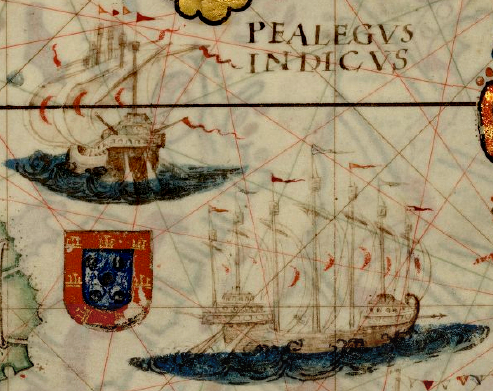
Sources:
- Nugroho, Irawan Djoko (2011). Majapahit Peradaban Maritim . Suluh Nuswantara Bakti.
- Reid, Anthony (2012). Anthony Reid and the Study of the Southeast Asian Past . Singapore: Institute of Southeast Asian Studies
- Chronicle of the Kings of Pasai , 3: 98: After that, he is tasked by His Majesty to ready all the equipment and all weapons of war to come to that country of Pasai, about four hundred large jongs and other than that much more of malangbang and kelulus.
- Maguin, Pierre-Yves (September 1980). “The Southeast Asian Ship: An Historical Approach”. Journal of Southeast Asian Studies . 11 (2): 266–276.
- Kwee, H. K. (1997). Dao Yi Zhi Lue as a maritime traders’ guidebook . Unpublished honour’s thesis, National University of Singapore.
- Pires, Tome. Suma Oriental . London: The Hakluyt Society.
- Correia, Gaspar (1602). Lendas da Índia vol. 2 . p. 219.
- Various research notes by Horst H. Liebner, which is available online.
